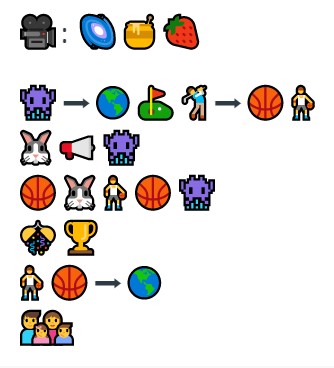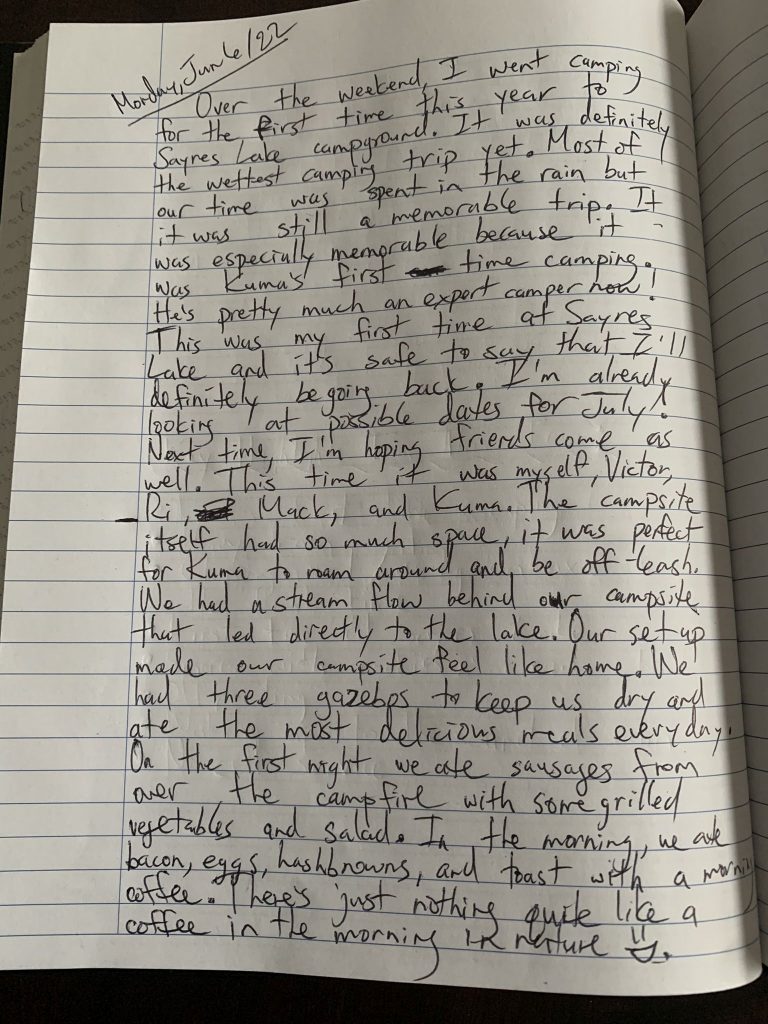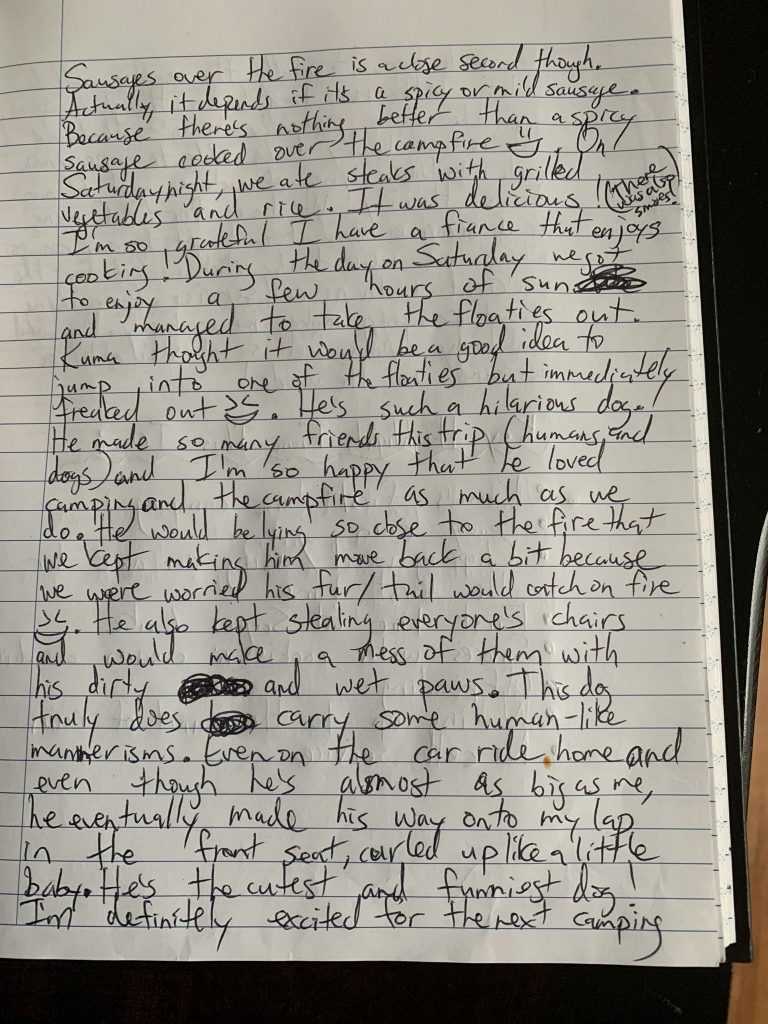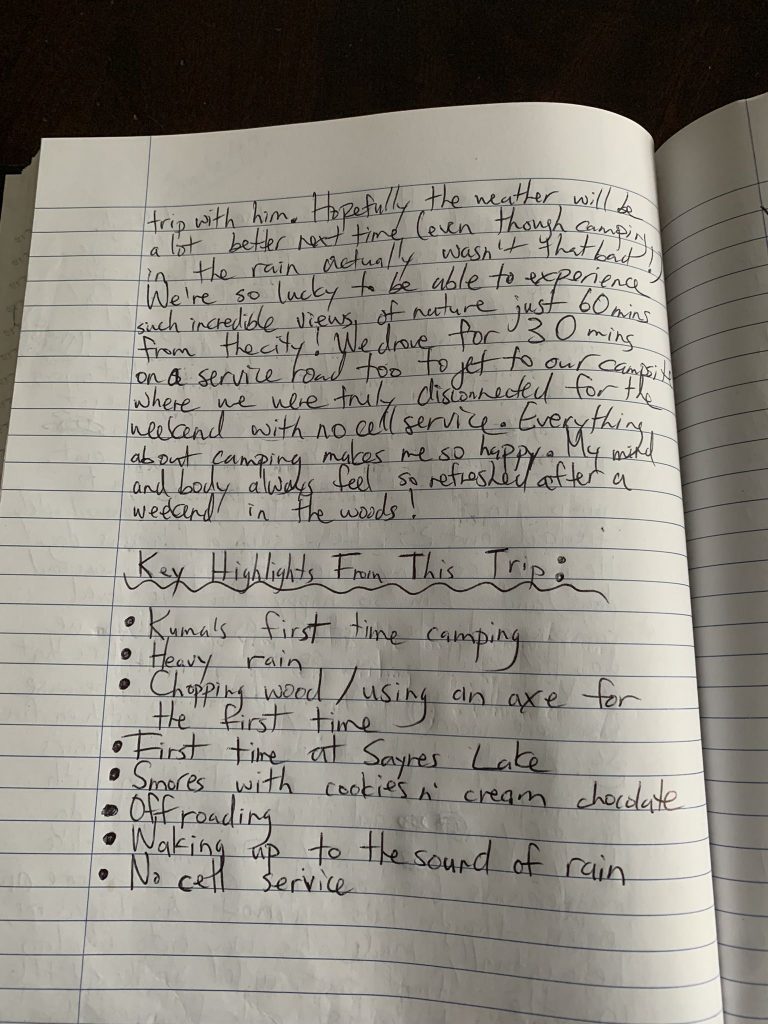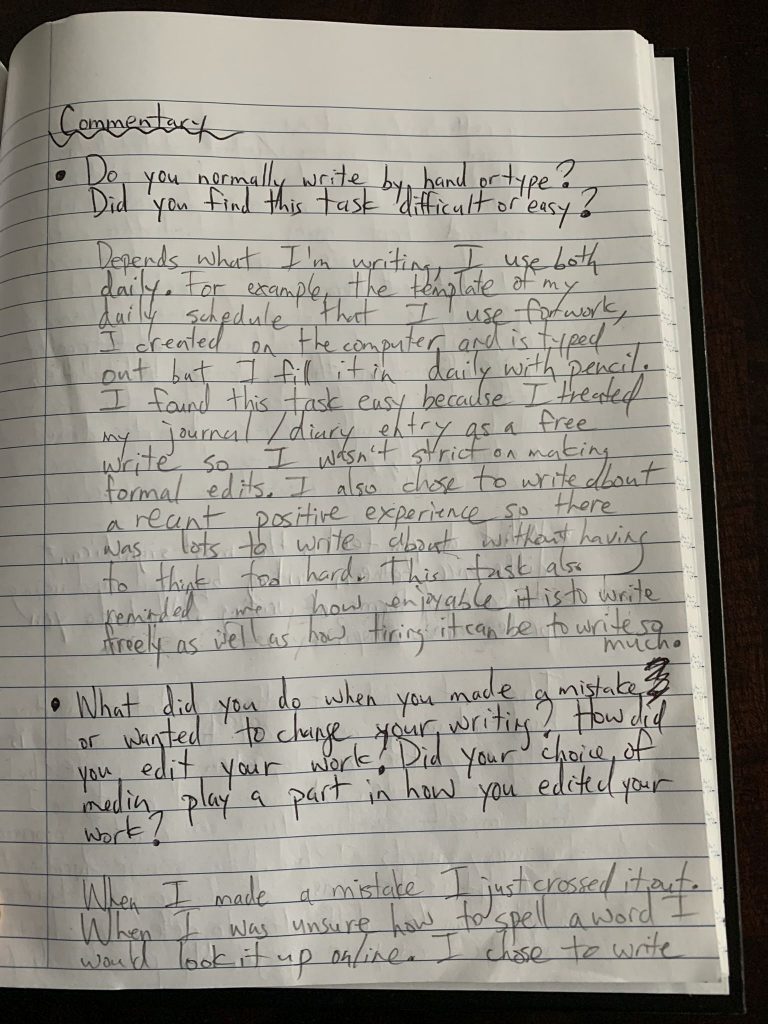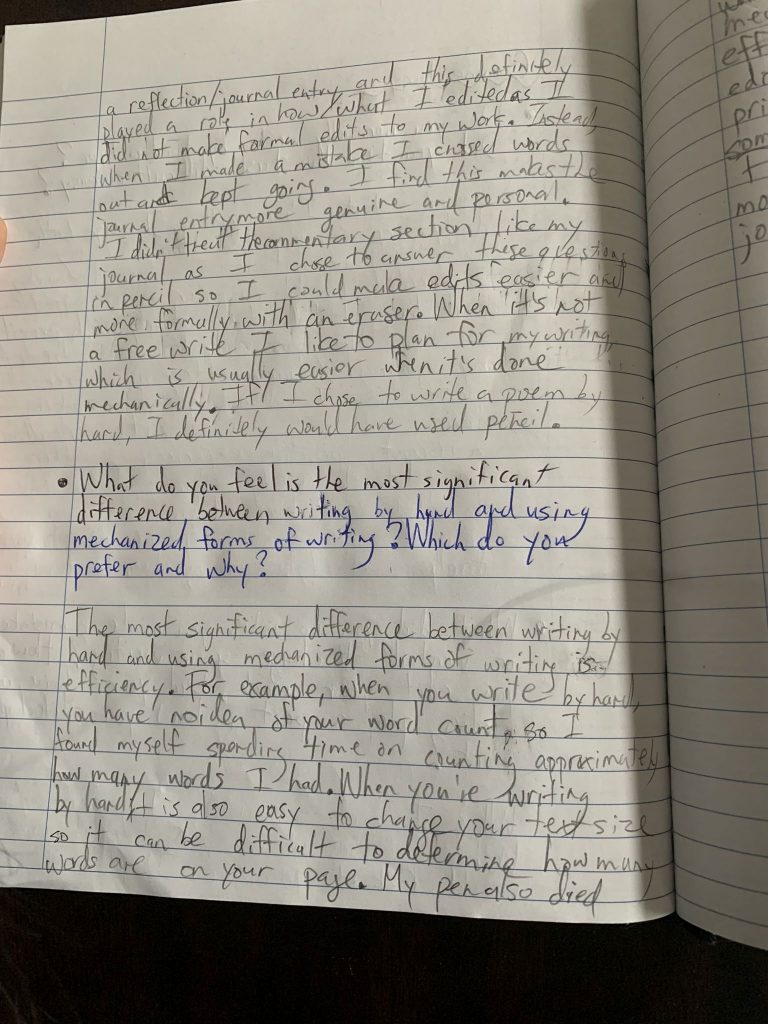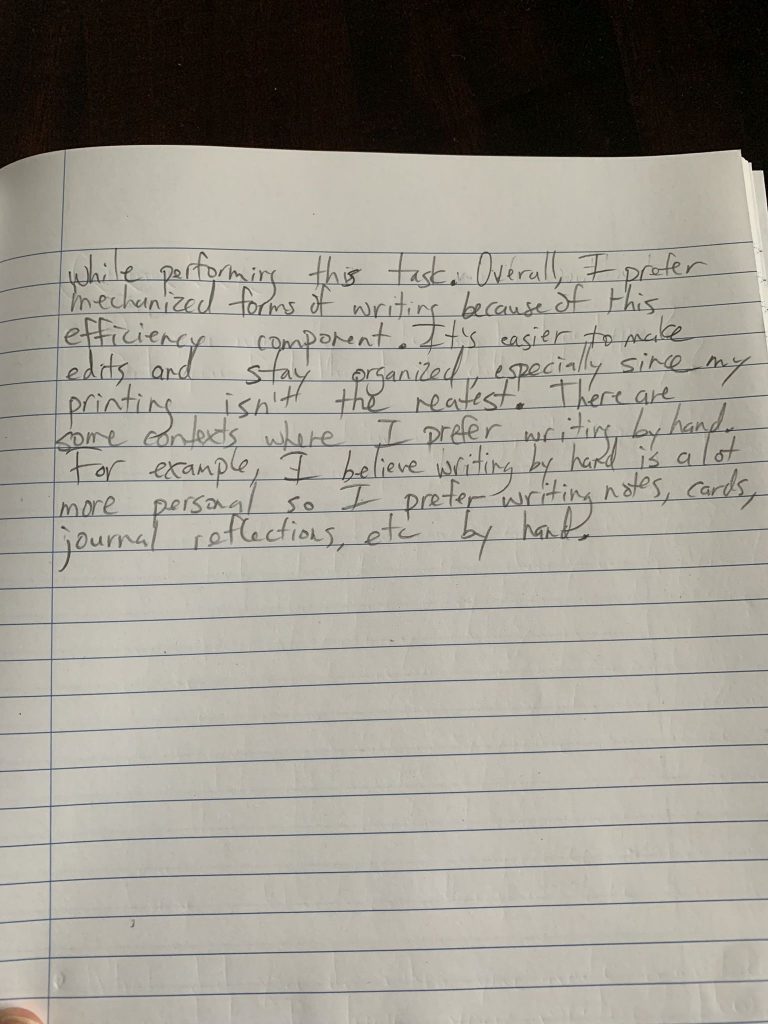So today they finally announced the walk 30 challenge winner it was a five week health promotion campaign that was a competition between the city of Burnaby in the city of new Westminster and so they’re not finally announced the weather today unfortunately Bernie did not win new Westminster one but we all did really well and it was super fun because my class actually got a honorary mention for walking the most to school for all of the classes in Burnaby and new Westminster that participated so that was really fun I’m so proud of the kids they were super happy that they actually won were not one but they were recognized for their hard work and for their efforts in this challenge so yeah today was also a super active day we played our very first basketball game that was fun we played four on four and the kids were able to learn some basketball rules and they actually learned how to play a real basketball game they practice their shooting their dribbling their passing and like I said they were able to learn some of the actual rules to play a real basketball game so they were pretty pumped about that and they actually did really well it looked like a real basketball game they one of the kids actually got three shots and another student was able to get to and I really enjoyed watching my students show good sportsmanship today and then on Friday we’re going to be having sports day it’s the first sports day for some of my students in grade 3 who have never actually had a sports day because of Covid so that’s exciting a super eventful week this week for the kids at school we’re also going to be watching a play tomorrow at Burnaby Mountain it’s called beauty and the beast so we’re gonna be walking down to Burnaby Mountain to watch the high school students perform I’m so Nother kind of walking field trip for my kids tomorrow and then sports on Friday they have early dismissal I’m so lots going on in the schools this week lots to be proud about the kids are just really enjoying being at school which is great the weather made a difference today students were excited and because it was sunny we how do you spend at least sometime in the afternoon outside playing in the sun definitely have to make the most of it while we have it
Reflection:
This task especially made me reflect on the ongoing and recent advancements with voice-to-text applications. From my experience, more people are using voice-to-text applications nowadays because the technology with it has improved significantly in recent years. For myself, previously, it was more of a hassle to use voice-to-text applications because the written text would be so incorrect that you would have to manually edit it anyways. Now, the voice-to-text technology is so advanced that it actually makes sense to use because it makes texting easier. For example, when I was recording myself, I noticed that the text was being edited as I was talking once the application had a better idea of the topic that I was talking about. It was able to recognize that some words did not make sense given the context and was deleting and adding words while still recording what I was saying. It was interesting for me to see the application editing the written text and recording my voice at the same time.
Despite these advancements with voice-to-text applications, the text still deviates from conventions of written English. For instance, the text is one big run-on sentence where there are no commas or periods present, even though I made pauses throughout my recording. I also found that the application was able to pick up on some conventions of written English but not all. For example, it used apostrophes correctly and recognized when to use some capital letters. The application was able to recognize that days of the week and cities should be capitalized, although I found it surprising that it did not recognize “New Westminster” as a place. It only recognized “Westminster” as a place, even though “Burnaby” was recognized and is beside New Westminster on a map. One might assume that this resulted because the word “new” is most commonly used as an adjective and not to name a city and the application was not able to pick up on this function too (I wonder if it would have recognized New York). This stood out to me because there is evidence in the text that the application is quite multifunctional. For example, I noticed that the application used homophones such as their and they’re correctly in the written text, knew how to correctly write numbers (30 vs. thirty; five vs. 5), and even recognized “Burnaby Mountain” as a place.
Overall, the written text was pretty accurate and reflected what I was saying. I do believe my knowledge and experience with voice-to-text applications played a role in this accuracy and made a significant difference in the outcome of the written text. For example, I found myself to be naturally talking a bit slower than I would in a normal conversation because I know to do this when I am using a voice-to-text application. It’s also important to speak clearly and this task reminded me just how clear I am needing to be for the written translation to be correct. I also noticed that I use the word “and” and “um” a lot orally.
Oral storytelling differs from written storytelling in many ways. The most obvious to me is that you need to be literate for written storytelling – anyone can speak orally but not everyone can write. Writing is done more deliberately and in order to do so there are many conventions of language that are necessary to first understand. With oral storytelling, it is often more informal which is also shown in the translation of the voice-to-text application that deviated from conventions of written English.
